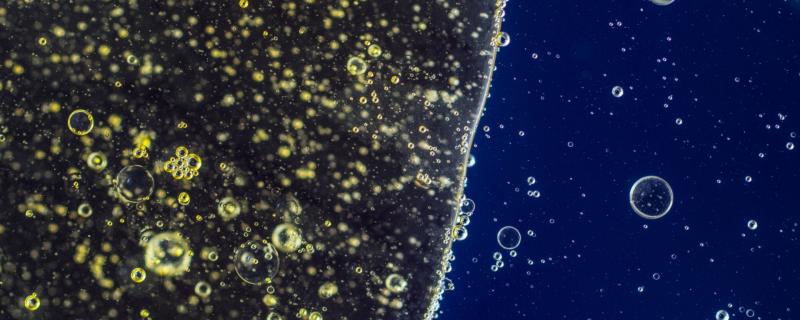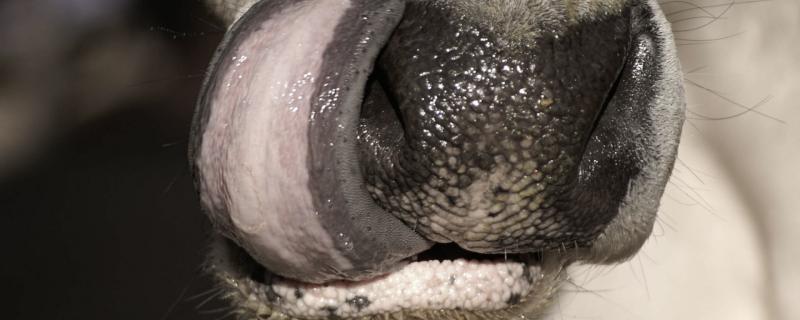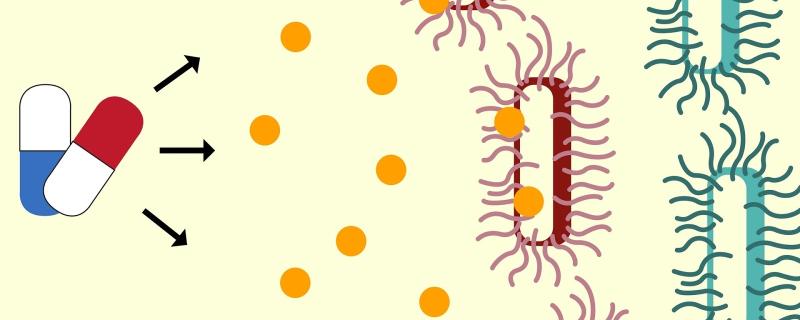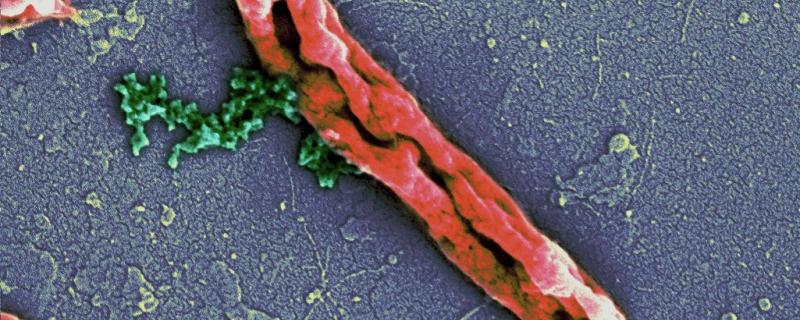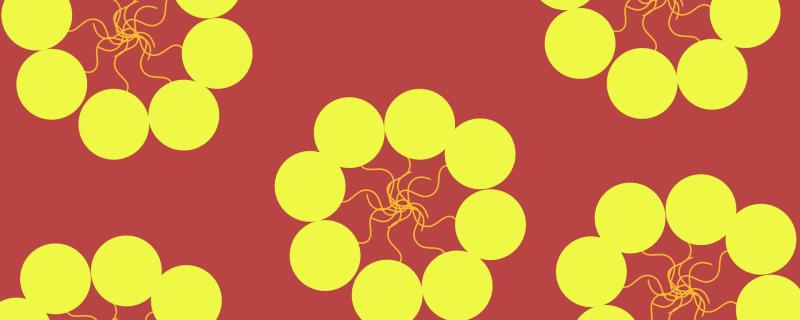Researchers from National Institute of Technology, Durgapur and Indian Institute of Technology Kharagpur in West Bengal, with support from Department of Biotechnology, Government of India,have shown that the one way to efficiently deal with oil sludge, is to cultivate suitable microbes using nutrients, which then disintegrate the contaminants in the sludge.
पूर्व के कुछ वर्षों में दिल्ली एवं मुंबई के वातावरण में मीथेन के स्तर में वृद्धि इंगित करता छायाचित्र।
श्रेय: अध्ययन लेखक

